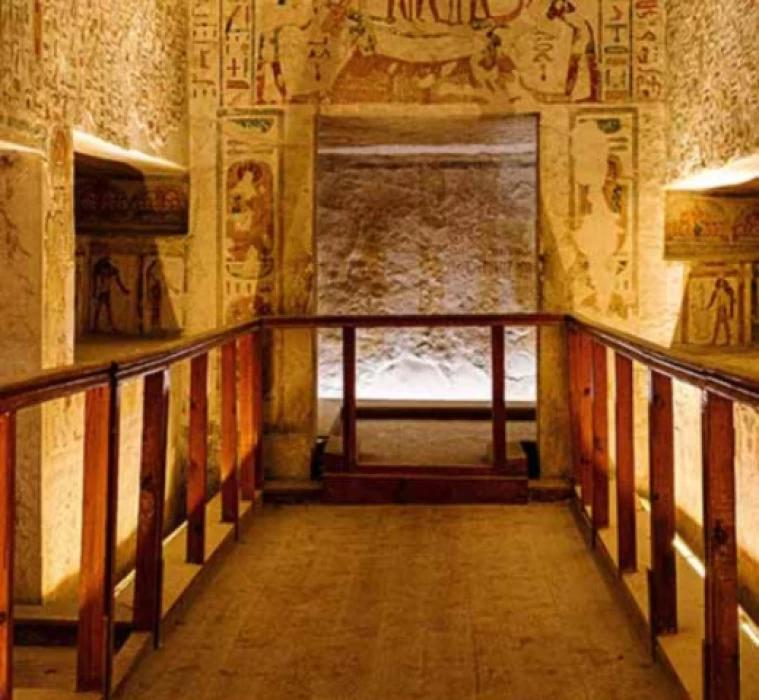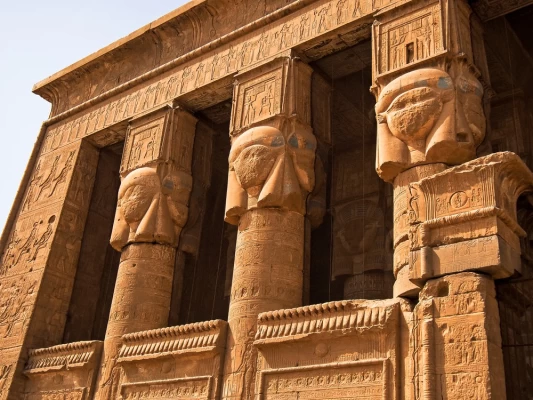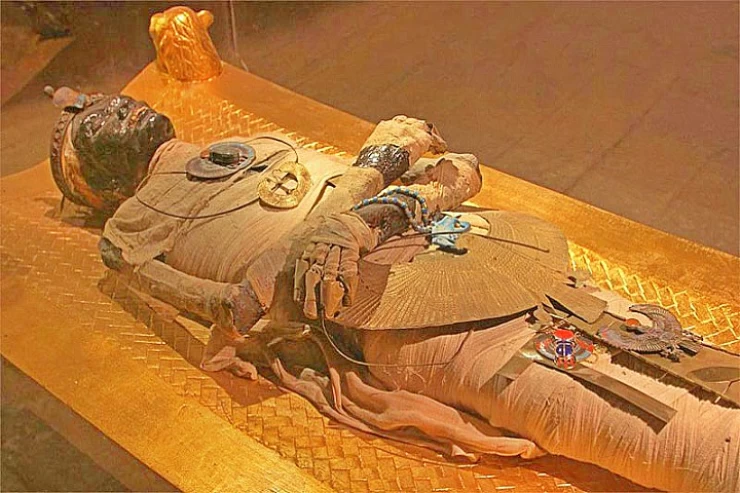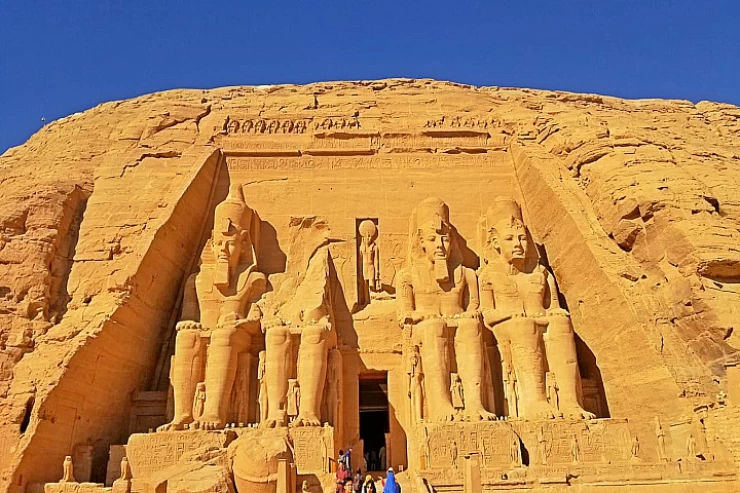
Tomb of King Ramses III
King Ramses III Tomb
The Tomb of Ramesses III in the Valley of the Kings is one of the most important and well-preserved tombs in the Valley of the Kings. It is the tomb of Ramesses III, the second pharaoh of the Twentieth Dynasty of Egypt. The tomb was discovered in 1881 by Howard Carter and is now one of the most popular tourist attractions in the Valley of the Kings. The tomb of Ramesses III is located in the Valley of the Kings, in the tomb complex known as KV11. The tomb is situated in the westernmost section of the Valley of the Kings and is one of the largest and most elaborately decorated tombs in the Valley of the Kings. The tomb is made up of a series of rooms and chambers, including a burial chamber, a sarcophagus chamber, and a number of antechambers and corridors.
The tomb of Ramesses III is decorated with a number of reliefs and paintings. The reliefs depict scenes from the pharaoh's life and reign, including his military campaigns and his construction projects. The paintings in the tomb depict scenes from the Book of the Dead. The tomb of Ramesses III is one of the most visited tombs in the Valley of the Kings. It is a popular tourist destination for both Egyptologists and tourists alike.
The construction of the tomb of King Set Nakht was started and then work stopped after the excavation led to the penetration of (tomb 10), and then King Set Nakht was buried in tomb 14, With the ascension of King Ramses III to the throne of Egypt, he completed the excavation of the tomb, but through another axis of design (the straight axis) to avoid further damage to the tomb 14.
Tomb of Ramses III
The architectural division of the cemetery is distinguished because it begins with a staircase leading to a corridor 125 meters long, which is the first corridor leading to two other corridors. And the second corridor contains four small facilities on both sides. It ends with a dead-end room, The third corridor leads to the right side. From the third corridor to a room with four columns, then a fourth descending corridor, four steps that lead to another corridor, then to two rooms, and finally to the burial chamber. Archaeologist James Bruce discovered the tomb in 1767. William Brown came to the burial chamber in 1792 and took the outer sarcophagus, which is now in the Louvre Museum in France.
The tomb is one of the largest in the Valley of the Kings, and it is also one of the most well-preserved. It is believed to be the final resting place of Ramesses III, who was the second pharaoh of the Twentieth Dynasty of Egypt. The tomb is made up of three chambers, and the first two chambers are open to the public. The third chamber is known as the Treasury, and it is off-limits to visitors.

















